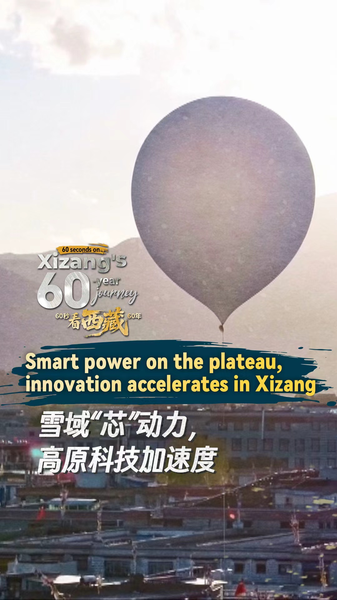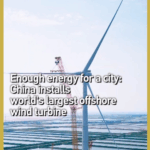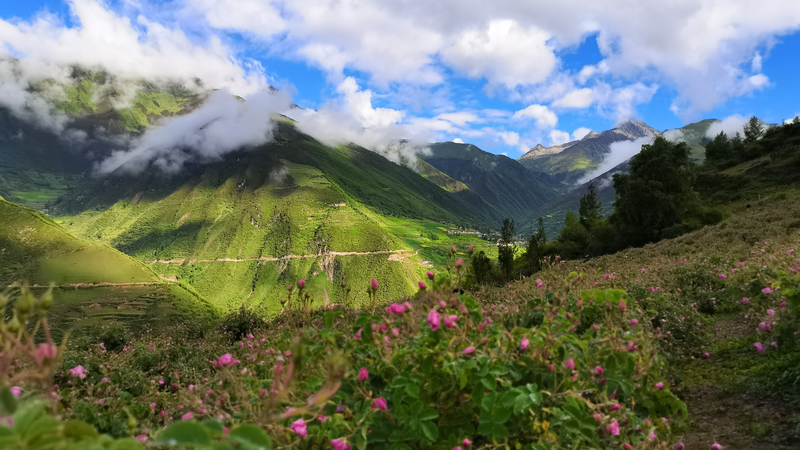Nestled on the “Roof of the World,” southwest China's Xizang Autonomous Region is rewriting the narrative of high-altitude development through cutting-edge technology. From the peaks of the Tibetan Plateau to its vast grasslands, Xizang is balancing ecological preservation with groundbreaking innovation.
Sky-High Science, Grounded in Sustainability
The world's highest BeiDou meteorological station, operating at 5,200 meters above sea level, now delivers real-time climate data critical for predicting extreme weather across Asia. Meanwhile, a new 100-megawatt wind power project harnesses plateau winds to generate clean energy for 200,000 households annually.
Eyes on the Cosmos, Feet on the Earth
A recently unveiled deep-space telescope leverages Xizang's thin atmosphere and low light pollution to study cosmic phenomena. Researchers emphasize its dual purpose: advancing astronomical research while maintaining light pollution controls to protect local ecosystems.
Green Tech Meets Cultural Heritage
Local authorities report that 45% of major projects now incorporate traditional Tibetan architectural elements. “We’re proving that modernization doesn’t require sacrificing cultural identity,” said Tenzin Wangmo, a Lhasa-based environmental engineer.
These developments position Xizang as a testbed for sustainable high-altitude innovation, offering potential solutions for mountainous regions worldwide while creating new opportunities in renewable energy and space technology sectors.
Reference(s):
Xizang in 60 seconds: High altitudes and high-tech go hand in hand
cgtn.com







